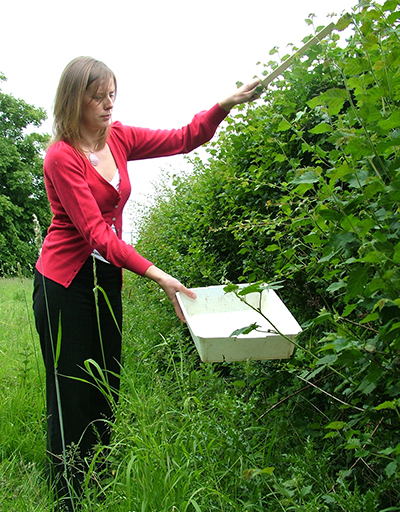5.1 The scope of citizen science projects
There has been a range of projects featured over the weeks of this course. The breadth of projects is matched by the breadth of motivations for individuals to get involved.
Activity 6 Scope and motivation
Take a few minutes to review the examples in the course. Select two that illustrate the wide scope of citizen science projects and also the two broad categories of motivation.
Answer
There are a great many examples to choose from, as the scope of citizen science is large. Contributing to the iSpotnature.org website provides an opportunity for individuals both to contribute observations and to learn. This project highlights individual motivation. The survey of insects in the Grand Canyon (Week 4, Section 3.3), requires special skills in the volunteers. The exemplifies organisational motivation, the organisation in this case being the United States Geological Survey.
An illustration of how a citizen science project can be constructed – and the reasoning behind it – was provided in the case study on Nature’s Calendar (Week 1, Section 6). The project’s research goals, public engagement, learning, data collection and conclusions from data analysis were all considered. The role of the community in the process of enquiry learning was a feature of this project.
The three main approaches to public participation in science are through contributory projects, collaborative projects and co-created projects, all of which feature interactions between scientists and volunteers. However, anyone can set up a citizen science project. The Zooniverse [Tip: hold Ctrl and click a link to open it in a new tab. (Hide tip)] website() provides a platform for ‘people-powered research’ where anyone can be a researcher by joining a wide-ranging, ever-expanding number of projects. Or, by using the project-building advice on the site, individuals can set up their own project (Figure 11).
Technology can also support citizen science, and the rate of advance in capability is enabling new and more ambitious projects. One example featured in this course has been the uploading of photographs to a website with their associated GPS location information, a practice that is changing the role of the citizen scientist from observer to recorder.

